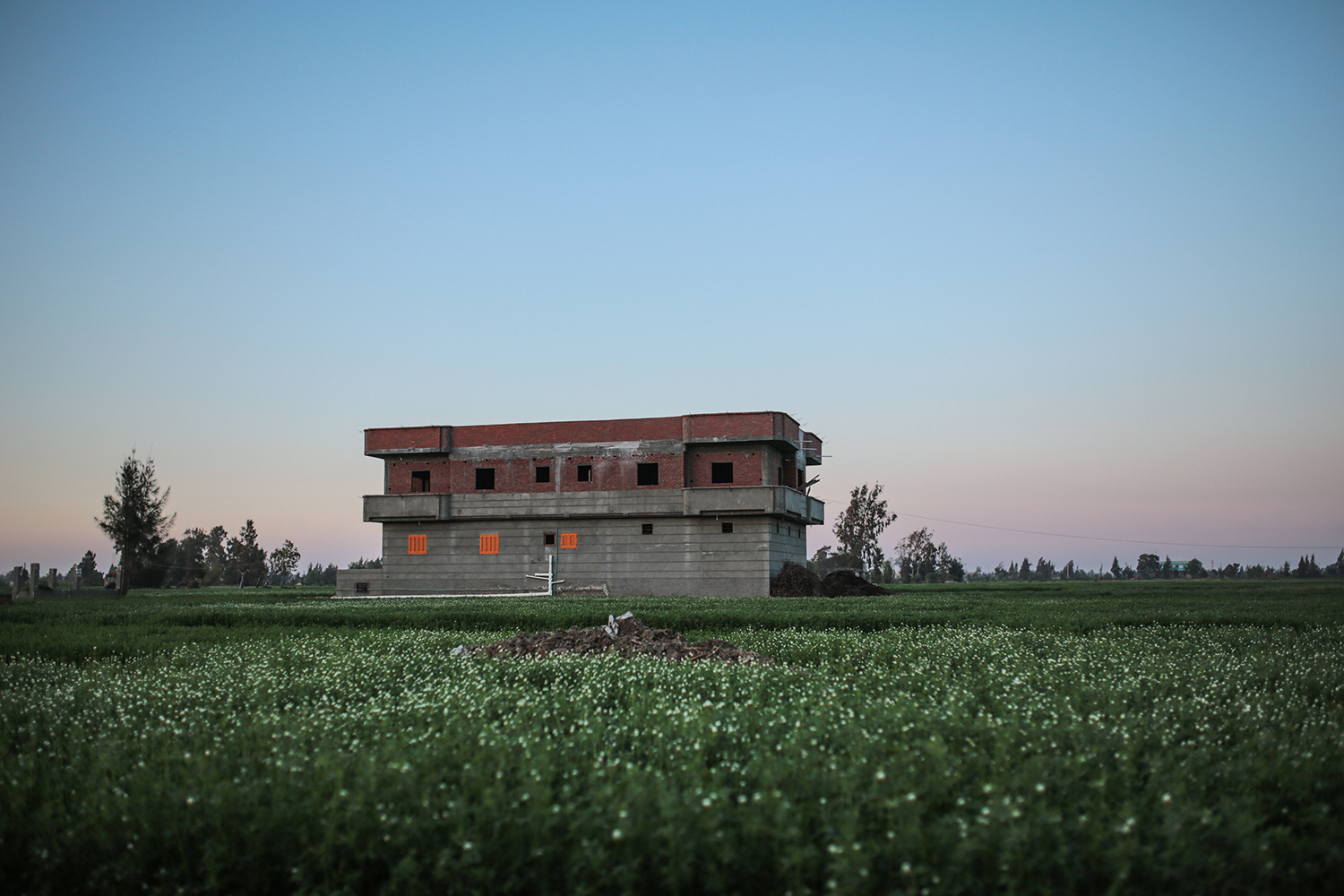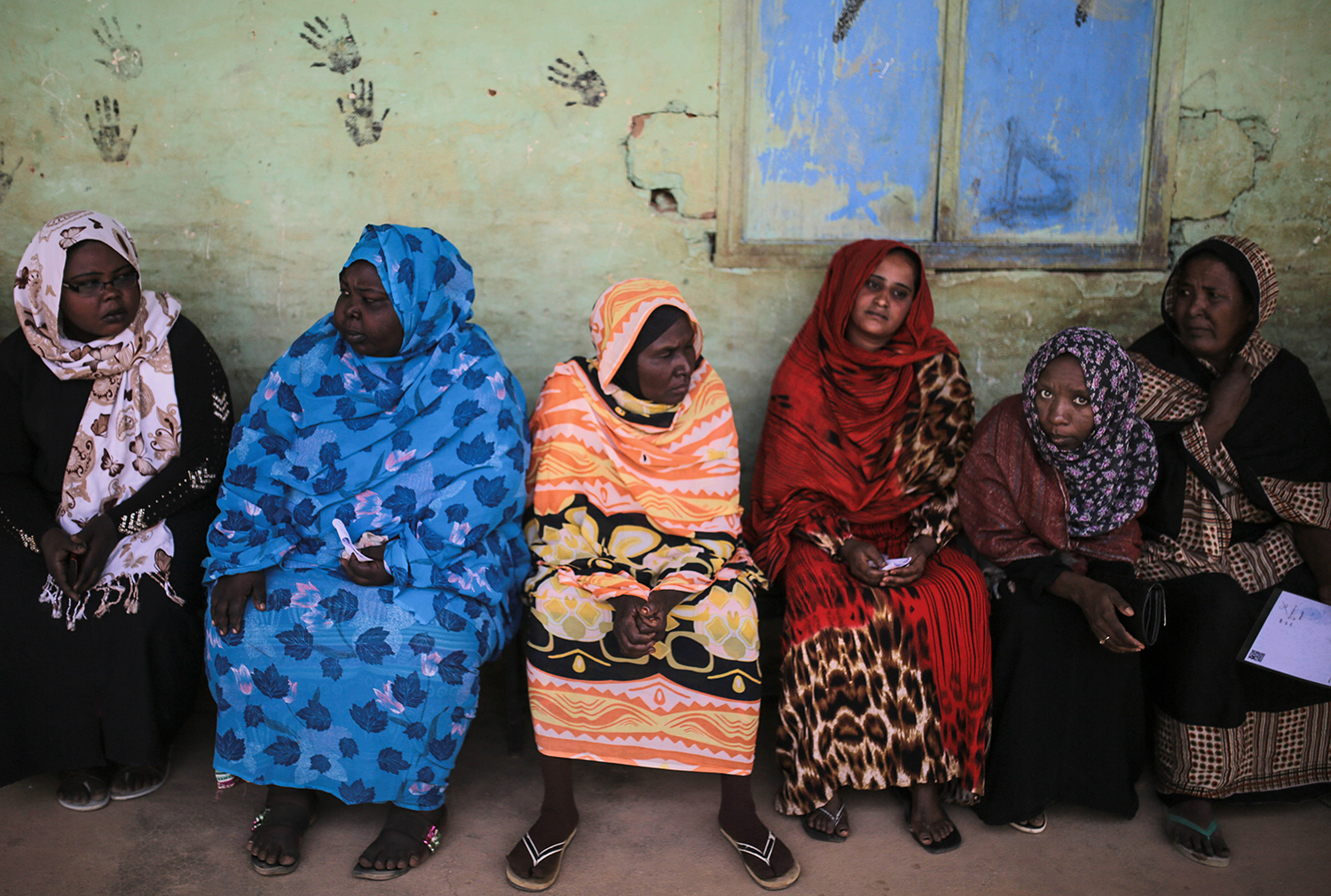Stranded in Djibouti

Fleeing the war at home, thousands of Yemenis have made it across the Gulf of Aden to find refuge in Djibouti, a sleepy Horn of Africa nation where the United Nations has set up a staging hub for aid for the conflict-torn Arab country.
Many of the refugees are relieved to have escaped after two months of Saudi-led airstrikes targeting Yemen's Shiite rebels and fighting on the ground between rival factions that have pushed their country to the brink of collapse.
They arrived with just the few belongings they could carry, mostly on small, rickety fishing boats. Others came on bigger vessels crammed with people, reversing a perilous, centuries-old route which countless African migrants have taken in the other direction.
The UNHCR says a total of 5,000 Yemeni refugees have made it to Djibouti, including 3,000 in the capital, Djibouti city, and 1,000 in Obock, 300 kilometers (187 miles) to the north — making it currently the biggest Yemeni refugee population.
The influx has hiked up local prices, with markets, hotels, and drivers trying to make the most of the situation in an already struggling economy.
"We are overwhelming this country, but we have nowhere else to go," said Amin Nasser, a 45-year-old teacher from the Yemeni capital, Sanaa.
Said Abu-Saleh, a 28-year-old from the Yemeni city of Taiz, had just arrived with 150 other people by boat. In the stifling heat, he was waiting to be processed by immigration police in the port of Djibouti.
"We came on a cattle boat, sitting next to the animals for 19 hours straight," he said.
In Obock, the Al-Rahma orphanage has become home to about 100 families, mostly from the Yemeni town of Bab Al-Mandab — just a 30-minute boat trip from Obock.
Hamda, 55, takes care of her father, Ibrahim Mohamed, who, at 80, is the oldest refugee at the orphanage and who is both blind and deaf. The two share their room with three other families.
There are no doors or windows on the tiny buildings and the Yemenis have put up curtains between the rooms for privacy. They spend the day mostly hanging out around the well in the yard but they say it's still better than the UNHCR-run Markaze camp — some 300 tents in the open desert.
Those in the camp have been provided with mosquito nets and blankets, and they get a daily ration of food and water, but there is no wall around the camp like there is around Al-Rahma — and they have seen hyenas and snakes. If they need other supplies, the Yemenis say they walk the 5 kilometers (3 miles) to the city.
Another Yemeni refugee, Om Sabreen, who is 29 and pregnant, lives at Markaze with her two daughters, hoping to be reunited with her husband who works in Saudi Arabia.
Marie-Claire Sowinetz, with the UNHCR in Djibouti, says the refugee agency is doing everything possible to provide the Yemenis with shelter, food, water and medical assistance in a very challenging environment.
"To be able to address all the needs of the vulnerable, we would need more and robust support from the international community," she said.
Here is a series of photographs of Yemeni refugees in Djibouti by AP photographer Mosa'ab Elshamy.
Follow Mosa'ab Elshamy | Twitter | Instagram
Text from the AP news story, AP PHOTOS: Fleeing Yemen war, thousands stuck in Djibouti, by Mosa'ab Elshamy.
Spotlight is the blog of AP Images, the world’s largest collection of historical and contemporary photos. AP Images provides instant access to AP’s iconic photos and adds new content every minute of every day from every corner of the world, making it an essential source of photos and graphics for professional image buyers and commercial customers. Whether your needs are for editorial, commercial, or personal use, AP Images has the content and the expert sales team to fulfill your image requirements. Visit apimages.com to learn more.
Written content on this site is not created by the editorial department of AP, unless otherwise noted.
AP Images on Twitter | AP Images on Facebook | AP Images on Google+
Visual artist and Journalist

























